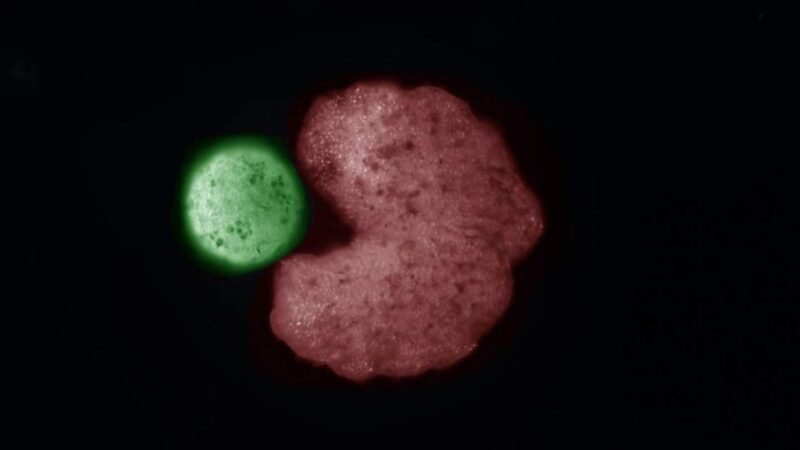Last year, a group of researchers declared the advancement of “living robots,” another sort of organic entity made utilizing cells gathered from frog undeveloped organisms. That equivalent group is back with a report on these “robots,” which they call xenobots, specifying another logical achievement: the capacity to self repeat utilizing existing cells.
However life flourishes, it almost all around duplicates similarly — by developing, then, at that point, at last “shedding,” posterity. The xenobots point by point in the new review (through PNAS), notwithstanding, can deliver another age of posterity in an unexpected way. As definite in the review, the xenobots bunch together single cells into heaps, which transform into new, marginally more modest xenobots a couple of days after the fact
The up and coming age of xenobots — the “child” ones — would then be able to go out and structure their own cell bunches to create one more age of living robots, a kind of biotechnology apparently out of sci-fi. The scientists made things a stride farther, in any case, utilizing man-made consciousness to plan a xenobot with more productive self-replication.
Without the AI overhaul, the scientists clarify the xenobot “parent” is produced using around 3,000 cells. The phone group structures into a circle molded xenobot that battles to create a subsequent age and ordinarily ceases to exist a short time later. A developmental calculation was utilized to recognize a xenobot plan that expands the capacity to duplicate.
Billions of various potential xenobot shapes were examined by AI, which focused in on a Pac-Man-formed xenobot parent that includes a wedge-molded “mouth.” The xenobot imitates utilizing movement to accumulate the cells, which for this situation are simpler to basically gather up with the basic plan. Thus, the xenobots delivered four ages of posterity.
The outcome is self-imitating biotechnology that, the analysts say, may demonstrate valuable for resolving current and future issues needing quick arrangements. One likely use for living robots, the analysts say, is utilizing these little living beings to accumulate microplastics out of water — a developing issue that has raised wellbeing concerns however that is hard to address.
The University of Vermont notes in its declaration about the biotechnology that these xenobots are “totally contained in a research center,” as well as being “effectively quenched, and confirmed by” morals specialists and government specialists.

